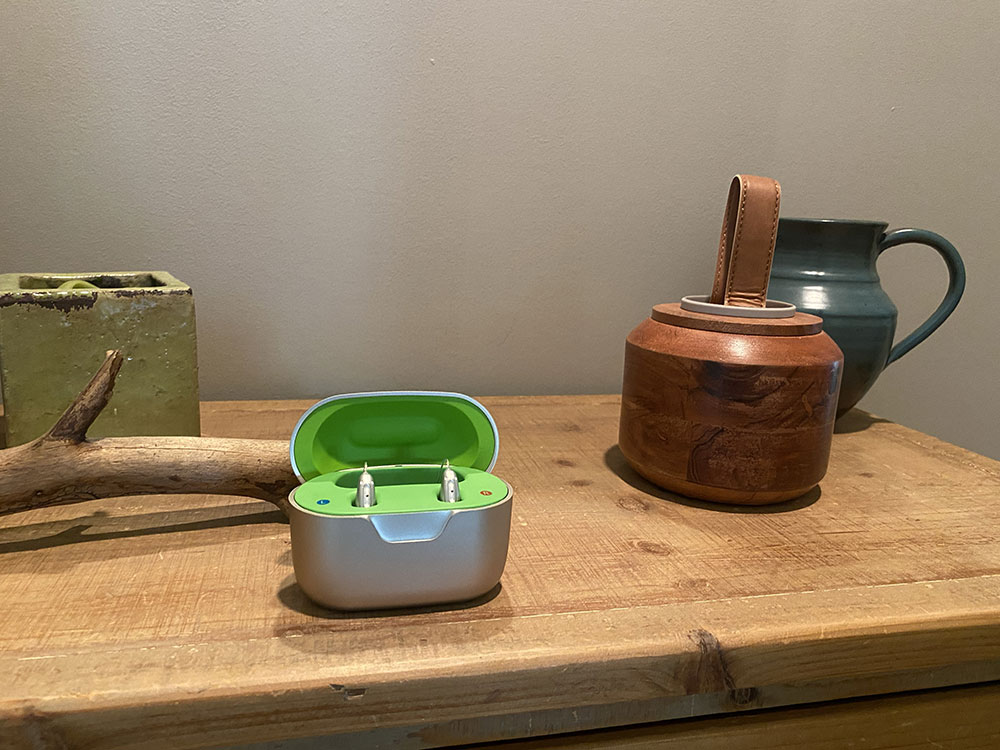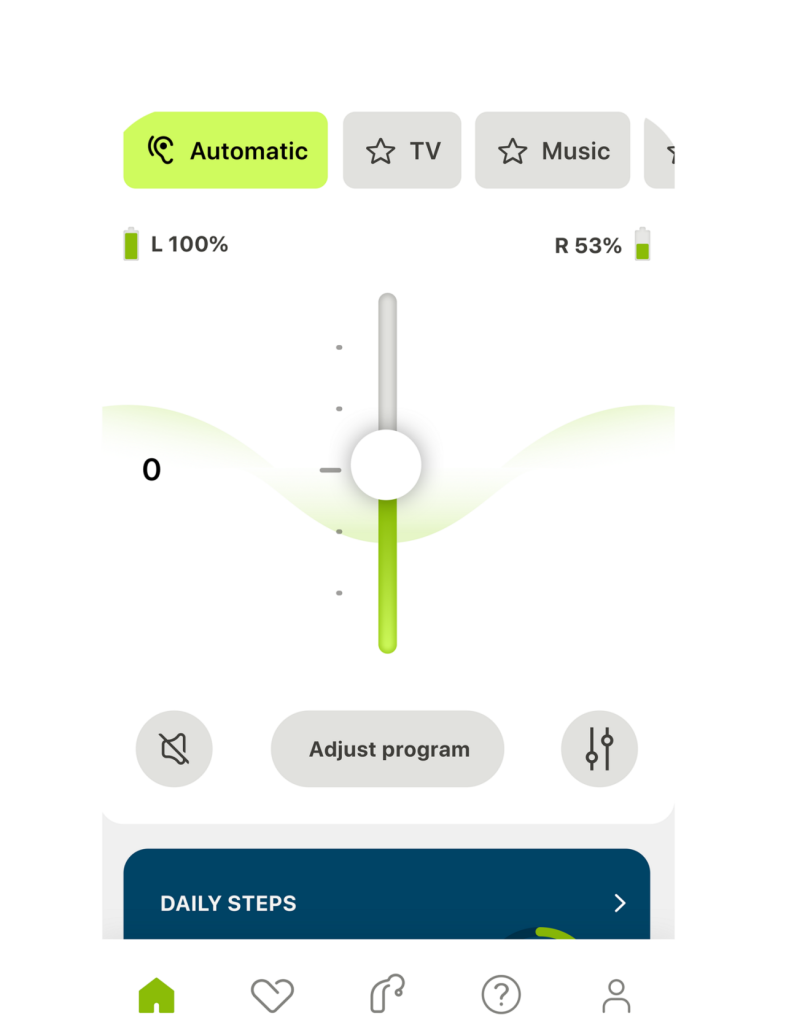
The Roaring Truth About Noise-Induced Hearing Loss: What It Is and How to Prevent It
Noise-induced hearing loss isn’t just something that happens to rockstars and airport runway workers. It’s also what happens when you crank your earbuds to 11,

Bluetooth hearing aids are revolutionizing how people with hearing loss experience the world around them. These advanced hearing aids offer many benefits, enhancing communication, entertainment, and convenience. In fact, Bluetooth technology is a powerful option to stay effortlessly connected to the world around you. So read on to discover if these hearing aids are your best choice.
Table of Contents
ToggleBluetooth hearing aids use Bluetooth technology to connect to other devices with this capability. Devices that can connect directly to Bluetooth hearing aids include smartphones, tablets, and computers. Thus you can stream audio right to your hearing aids, making it easier to hear phone calls, listen to music, and watch videos.
These hearing aids work in a similar way to traditional hearing aids. However, a Bluetooth hearing aid has a special chip. Obviously, this chip adds a few steps to the typical hearing aid process.
These hearing aids come in several types, each offering different features and benefits to cater to varying needs. The main types include:
Bluetooth hearing aids offer several advantages over traditional hearing aids. Consequently, they are an excellent option if you are looking to improve your hearing health.

Read More About the Best Hearing Aids for Seniors.
The latest features of the best Bluetooth hearing aids encompass several advancements that enhance user experiences and connectivity. In fact, preliminary studies indicate that Bluetooth features can help seniors have an easier time processing information.

Choosing the right Bluetooth hearing aids involves several vital steps to ensure they align with your needs and preferences. Consequently, you must consider several factors before you try Bluetooth devices and during your trial period.

Finding rechargeable Bluetooth hearing aids involves a tailored approach considering your hearing profile, preferences, and daily routines. Working closely with a hearing care professional can ensure you make an informed choice that significantly improves your quality of life.
Read more about free hearing aid trials for age-related hearing loss.
The best rechargeable Bluetooth hearing aids are transforming the hearing experience for those with hearing loss. For example, brands like Phonak Bluetooth hearing aids let you seamlessly integrate entertainment and communication. With rechargeable hearing devices, you can charge overnight and hear all day. Never miss a favorite show, a meaningful conversation, or a hearing aid firmware update again. Explore our range of Bluetooth hearing aids and take a step towards a life filled with clearer communication and enhanced experiences.

Noise-induced hearing loss isn’t just something that happens to rockstars and airport runway workers. It’s also what happens when you crank your earbuds to 11,

When it comes to AI-powered hearing aids, ReSound Vivia and Phonak Sphere Infinio stand out. Both are prescription-only, professionally programmed devices designed for people who

So, you’ve finally got hearing aids. Cue the applause—from actual people this time, not just your inner monologue. But if you thought you’d put them

Let’s face it: life is wet. Whether you’re caught in a surprise downpour or breaking a sweat on your morning jog, moisture is lurking. And
Injoy specializes in crafting custom Phonak hearing aid solutions tailored to the unique hearing needs of our patients. With a team recognized as the best in the business and decades of experience in helping people nationwide, we’re dedicated to improving your hearing and, consequently, enhancing your quality of life.
To start your journey towards better hearing with confidence, Injoy is proud to offer a 30-day risk-free hearing aid trial. This allows you to experience the difference our Phonak hearing aids can make, ensuring they meet your expectations and fit your lifestyle perfectly.
Improve your hearing and improve your life today by contacting Injoy to learn more about our risk-free trial!

Need hearing aids? Explore our range of hearing aids and discover the best option for your lifestyle and Unique Hearing Needs.
Are you a current patient with us? We're here to help with any adjustments, repairs, or support you may need.